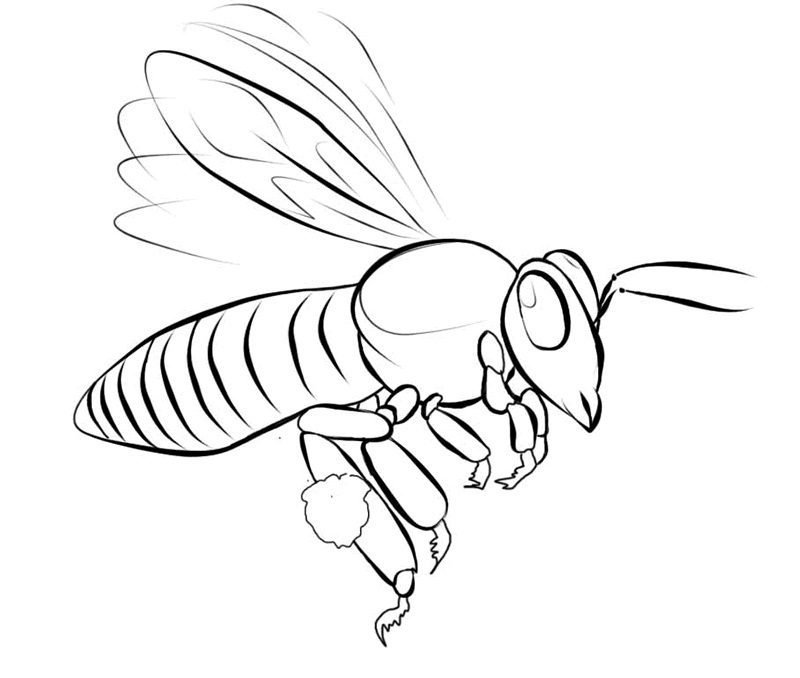

Queens lay the greatest number of eggs in the spring and early summer. She produces both fertilized and unfertilized eggs. Because she is the only sexually developed female, her primary function is reproduction. As the size of the colony increases up to a maximum of about 60,000 workers, so does the efficiency of the colony.Įach colony has only one queen, except during and a varying period following swarming preparations or supersedure. Reproduction and colony strength depend on the queen, the quantity of food stores, and the size of the worker force. Labor activities among worker bees depend primarily on the age of the bee but vary with the needs of the colony. The distribution of chemical pheromones among members and communicative “dances” are responsible for controlling the activities necessary for colony survival. The social structure of the colony is maintained by the presence of the queen and workers and depends on an effective system of communication. In addition to thousands of worker adults, a colony normally has a single queen and several hundred drones during late spring and summer (Figure 1). Individual bees (workers, drones, and queens) cannot survive without the support of the colony. But surviving and reproducing take the combined efforts of the entire colony.

Each member has a definite task to perform, related to its adult age. Several thousand worker bees cooperate in nest building, food collection, and brood rearing. These fascinating behaviors make social insects in general, and honey bees in particular, among the most fascinating creatures on earth.Ī honey bee colony typically consists of three kinds of adult bees: workers, drones, and a queen. Communication, complex nest construction, environmental control, defense, and division of the labor are just some of the behaviors that honey bees have developed to exist successfully in social colonies. Social insects are highly evolved insects that engage in a variety of complex tasks not practiced by the multitude of solitary insects. Honey bees are social insects, which means that they live together in large, well-organized family groups.


 0 kommentar(er)
0 kommentar(er)
